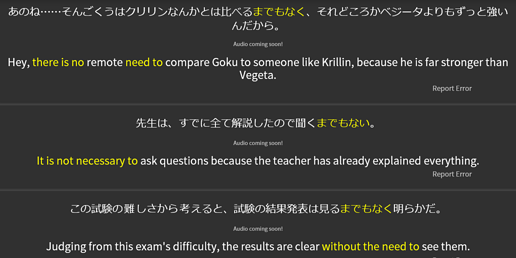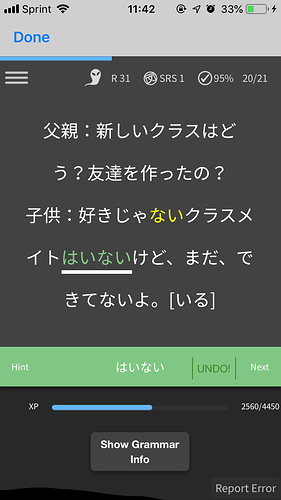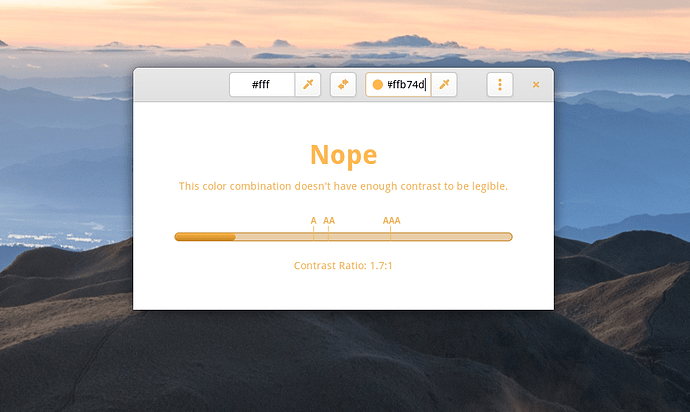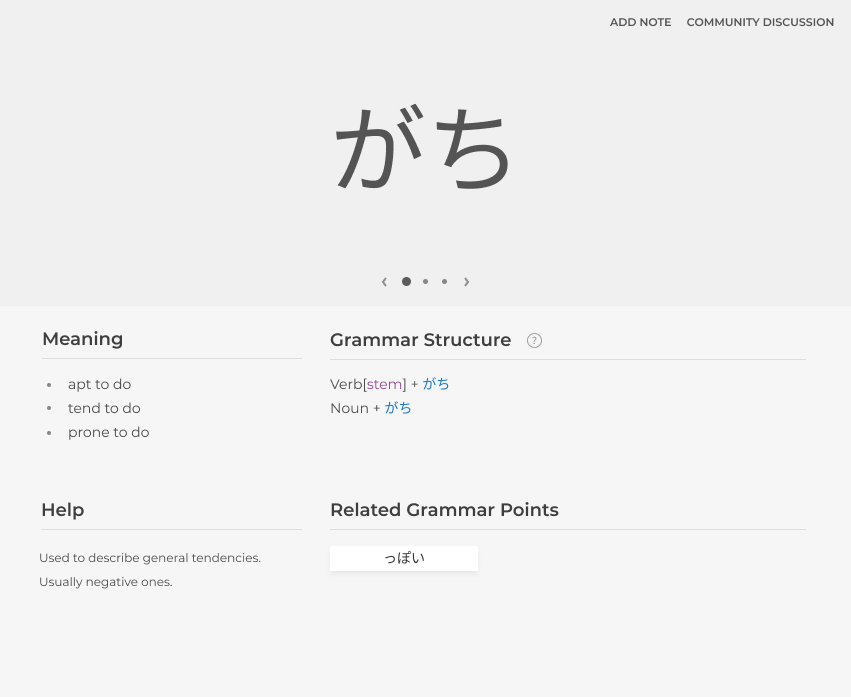I think the review sentences are too varied. For example:
There is no XX need to
vs
It is not necessary to
vs
Without the need to
Every single one of these sentences are different grammatical meanings for the same single grammar point, which is までもなく “there is no need to”. I know it’s to show that there’s a variety of ways to understand までもなく, and the translators’ attempts to show natural English grammar. But, that variety should not be used in reviews at all.
Reading grammatical variations for one grammar point during reviews as a default muddles the meaning and makes it harder to know if you even understand what it’s supposed to be.
It’s good that the site tells you that you can think of it in different ways. But when teaching is limited to flashcard style learning, the flashcard changing its context grammar when you’re learning only one grammar point means it’s harder to get a base understanding.
If you have 3 different flashcards where one shows a picture of russet potatoes, a picture of sweet potatoes, and a picture of french fries, but the target word is just “potato,” then it can be frustrating to a student who is just trying to learn the word “potato.” It’s a big variation and expects too much too soon.













 The main thing I aimed for was more structure than the current design and also to streamline the process of looking through a grammar point. I obviously didn’t cover everything the current Bunpro design covers but it was a fun thing to do nonetheless
The main thing I aimed for was more structure than the current design and also to streamline the process of looking through a grammar point. I obviously didn’t cover everything the current Bunpro design covers but it was a fun thing to do nonetheless 